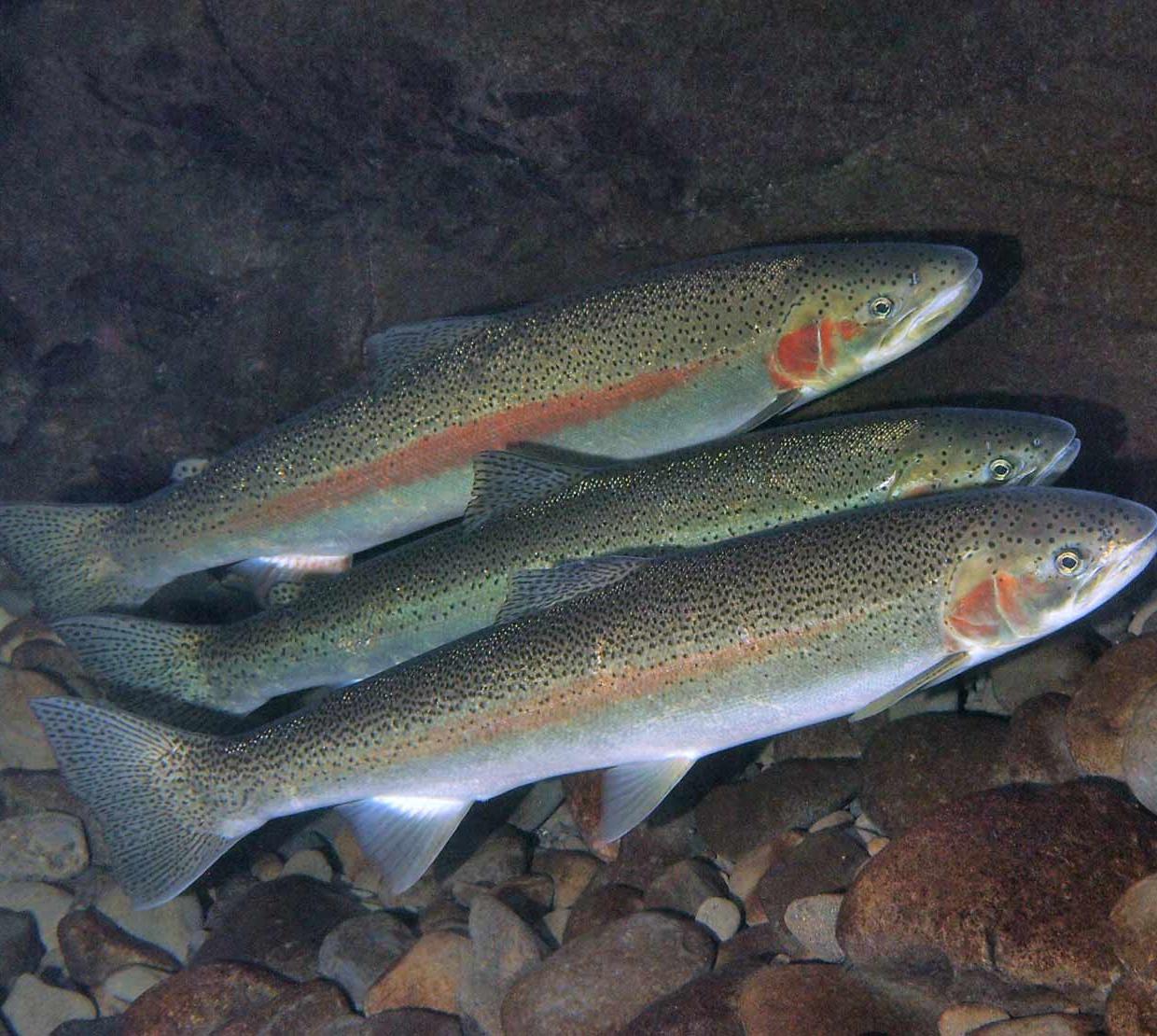For steelhead trout, reproductive choices represent a collection of tradeoffs – whether spawning once or doing it multiple times, no decision comes without risks and benefits.
New research by Michael Blouin, professor of integrative biology, and researchers at Purdue University shows steelhead that spawn repeatedly have greater than double the lifetime reproductive success of fish that spawn a single time, the benefit for making the daunting journey to sea more than once.
Findings, which could lead to more effective conservation efforts, were published this week in the Proceedings of the National Academy of Sciences.
Like salmon, steelhead – Oncorhynchus mykiss – are anadromous, meaning they travel to the ocean as smolts and return to their natal streams to spawn; unlike salmon, steelhead are not limited to spawning once and then dying.
Female steelhead build gravel nests called redds into which they deposit their eggs, and males vie to fertilize them.
The research by OSU’s Michael Blouin and Purdue’s Mark Christie involved more than 12,000 winter-run steelhead from Oregon’s Hood River, with the researchers looking at number of lifetime spawning events and age at first spawning.




